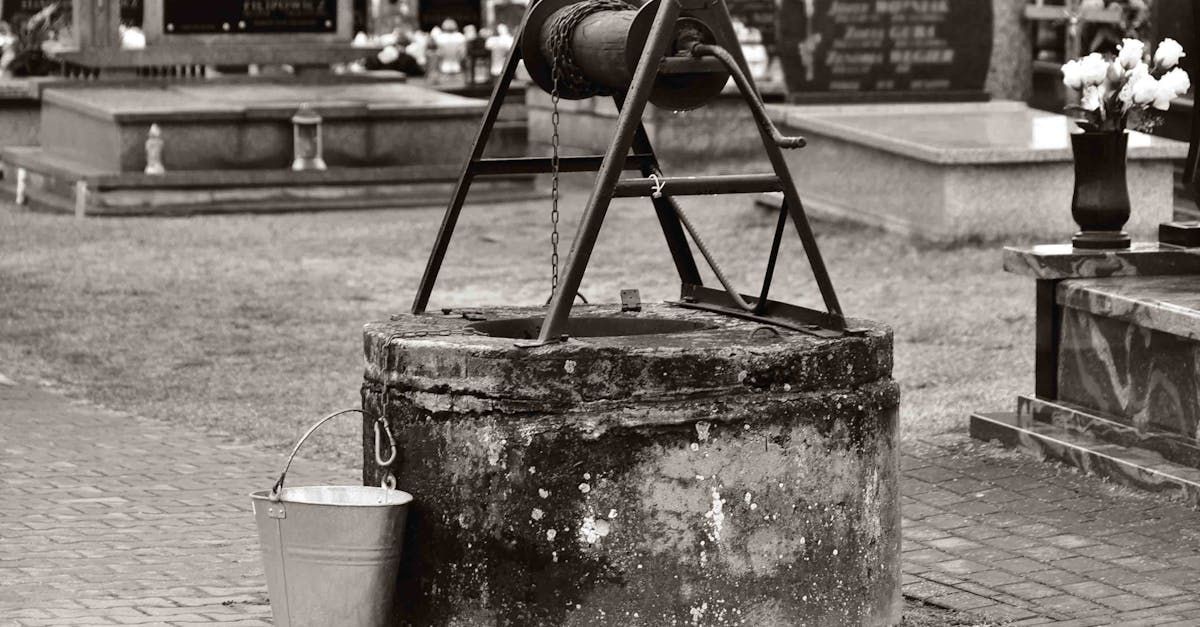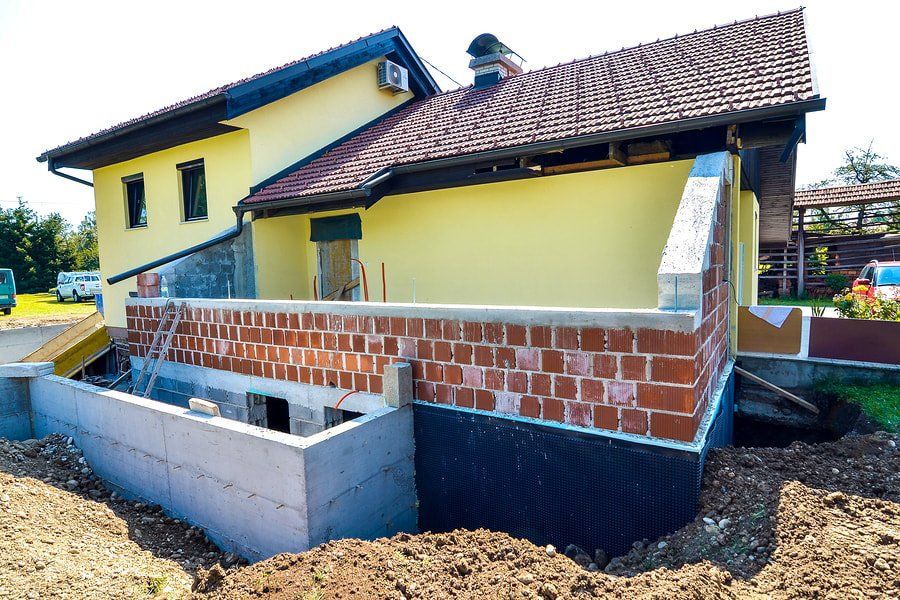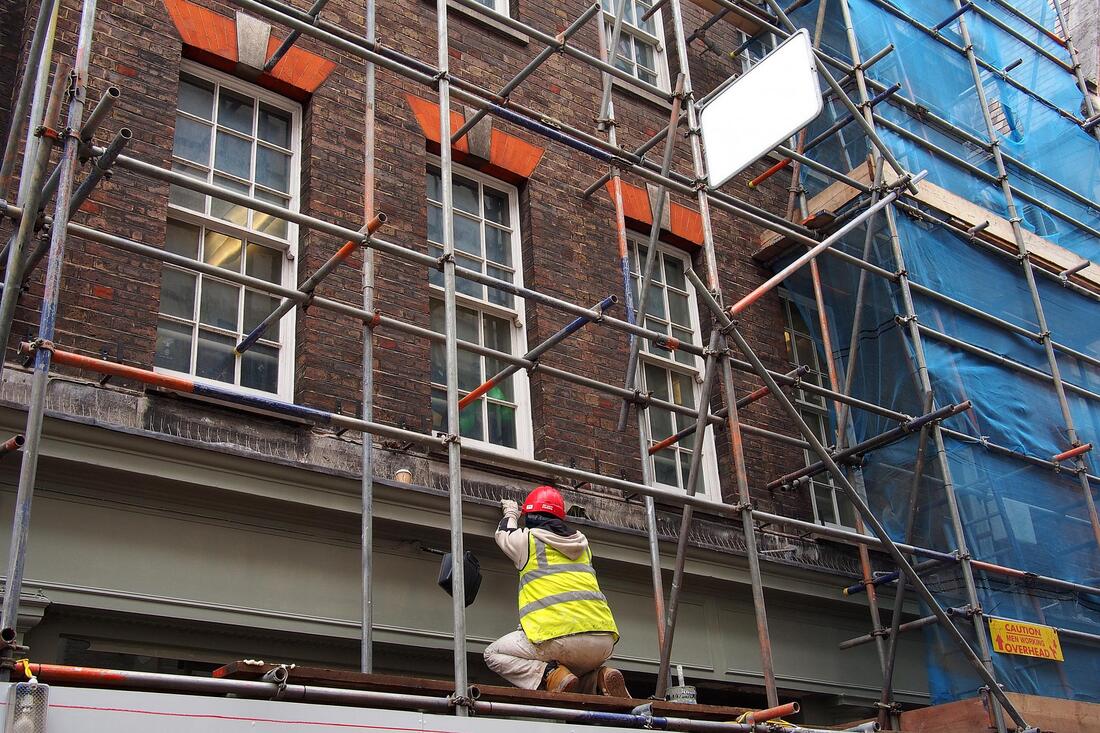Comparing Costs: Drilling a Well vs. Installing a French Drain
Understanding the Costs and Benefits of Drilling a Well vs. Installing a French Drain
When managing water on your property, two popular options often considered are drilling a well and installing a French drain. Both serve distinct purposes and come with different costs and benefits. This article will explore and compare the costs and implications of these two solutions, focusing on the specifics of drilling a well in various states and the installation of a French drain.

Drilling a Well: Costs and Considerations
Drilling a well involves creating a hole in the ground to access groundwater. This can be a critical solution for homes in rural areas or those needing a reliable water source. However, the costs associated with drilling a well can vary significantly based on location, depth, and geological factors.
Cost to Drill a Well in Washington State
In Washington State, the cost to drill a well can range from $4,000 to $12,000, depending on the depth and complexity of the job. The presence of rocky terrain or the need for additional casing can increase these costs.
Cost to Drill a Well in PA
In Pennsylvania, drilling a well typically costs between $5,000 and $10,000. Factors such as the depth of the water table and local regulations can impact the overall expense.
Cost to Drill a Well in Oregon
Oregon's well drilling costs range from $3,500 to $10,000. The variation in cost can be attributed to the different geological formations and water table levels across the state.
Cost to Drill a Well in South Carolina
In South Carolina, the cost to drill a well usually falls between $4,000 and $8,000. The state's diverse geological conditions and water availability play significant roles in determining the final cost.
Before you start drilling a well, please make sure to take precautions to avoid any foundation damage issues.
Installing a French Drain: Costs and Considerations
A French drain is a trench filled with gravel or rock containing a perforated pipe that redirects surface water and groundwater away from an area. This solution is often used to prevent water from accumulating around foundations or in basements, thereby reducing the risk of water damage.
Cost to Install a French Drain
The cost of installing a French drain typically ranges from $2,500 to $6,000, depending on the length of the drain, the complexity of the installation, and the materials used. Factors influencing the cost include:
- Length of the Drain: Longer drains require more materials and labor, increasing the overall cost.
- Soil Conditions: Hard or rocky soil can make excavation more challenging and costly.
- Accessibility: Areas that are difficult to access may require specialized equipment, adding to the expense.
Comparing the Costs
When comparing the costs of drilling a well versus installing a French drain, several factors must be considered:
- Initial Investment: Drilling a well generally requires a higher initial investment compared to installing a French drain.
- Purpose and Benefits: A well provides a direct water source, which can be crucial in areas lacking municipal water. In contrast, a French drain primarily serves to manage and redirect water to prevent damage to property.
- Maintenance: Both systems require maintenance, but the nature and frequency differ. Wells may need periodic testing and pump maintenance, while French drains might need occasional cleaning to prevent clogs.
Making the Right Choice
The decision between drilling a well and installing a French drain should be based on your specific needs and circumstances. If you require a reliable water source and are willing to invest in the higher initial costs, drilling a well may be the better option.
On the other hand, if your primary concern is managing water around your property to prevent damage, a French drain could be the more cost-effective and practical solution. It doesn't matter what you opt for, please make sure to get professional help!
Conclusion
Understanding the costs and benefits of both drilling a well and installing a French drain is crucial for making an informed decision. Whether you're considering the cost to drill a well in Washington State, cost to drill a well in PA, cost to drill a well in Oregon, or cost to drill a well in South Carolina, it’s important to weigh these against the potential benefits of a French drain system.
By carefully evaluating your property's needs and the specific conditions of your location, you can choose the most suitable water management solution for your home.
You might also like
Book a Service Today
We will get back to you as soon as possible
Please try again later
Don't Wait, Call Now!
Our times for estimates get booked up fast, get yours today
Working hours
- Mon - Sun
- -
Copyright DC Foundation Repair & Waterproofing Services | Proudly Powered by Snapps SEO



